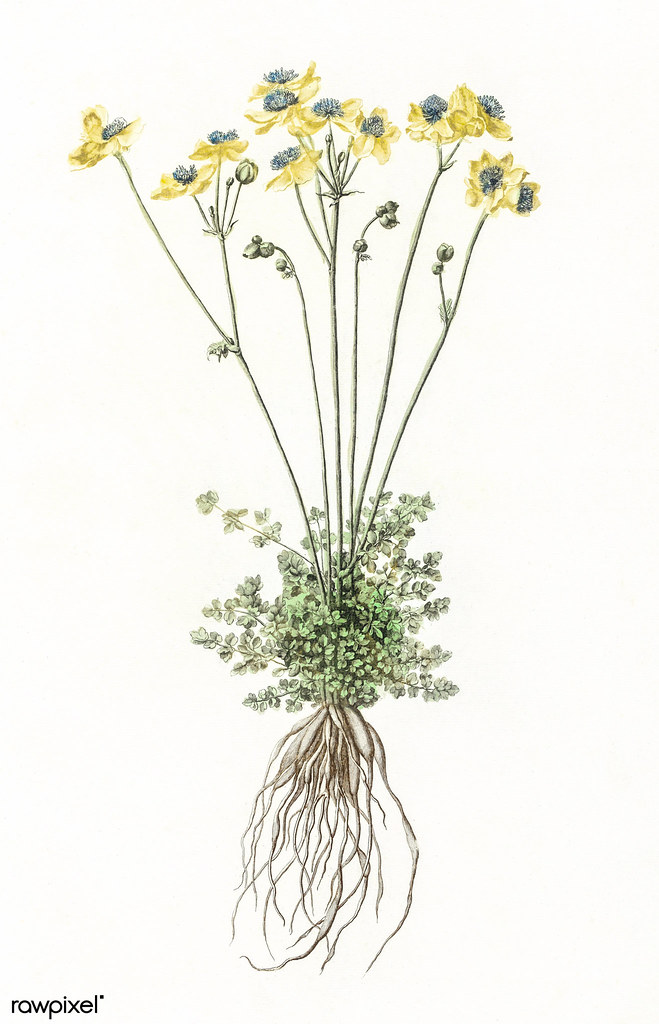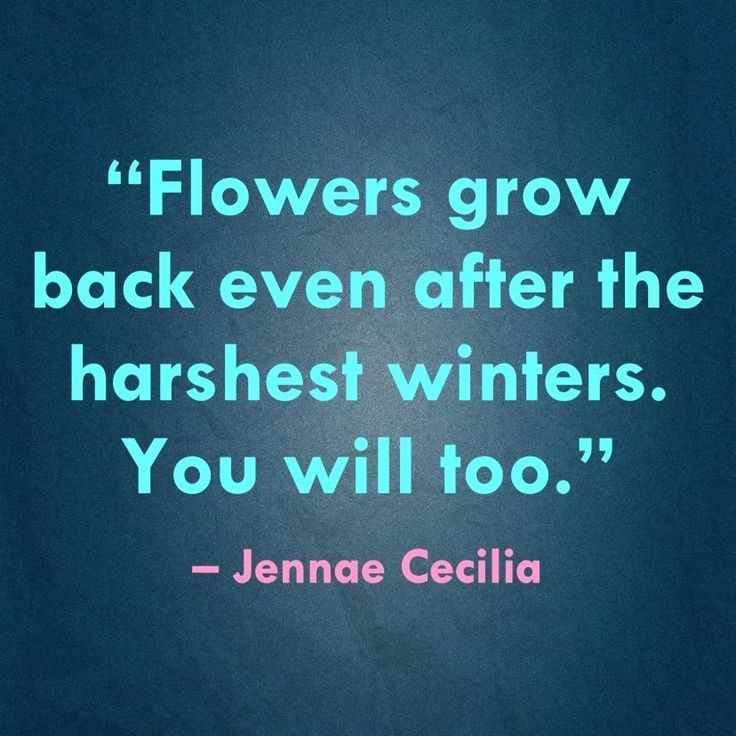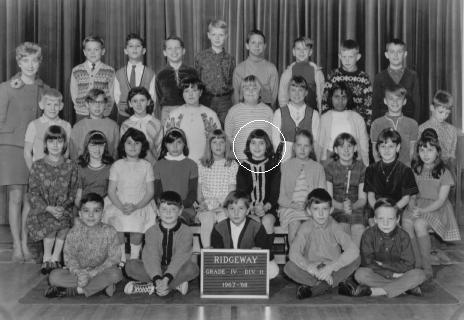
It’s November, and for writers, that conjures thoughts of NaNoWriMo, or National Novel Writing Month.
For those who aren’t familiar, NaNoWriMo participants attempt to write a 50,000-word manuscript between November 1st and November 30th. If you’re breaking it down, that’s 1667 words every day. Most participants prepare well ahead by brainstorming plot points and outlining their novel, organizing notes and documents, cleaning their desks and clearing their ‘to do’ list as much as they can. They often join online support groups to check-in and be accountable for their progress. As a result, most people come away from the month with a deep sense of accomplishment.
For a lot of reasons, mostly to do with scheduling and other writing commitments, I’ve never signed on for NaNoWriMo, though I admire the writers who do. This year, however, around about October 29th, it occurred to me that I have a middle-grade novel that’s half-finished, one I’ve been dragging my heels on for far too long. Maybe I could retool NaNoWriMo to suit my current schedule.
So, for the month of November I’m writing fresh material for Something About Julian every day. Focusing on new writing rather than obsessively editing what I’ve previously written should move me forward. If nothing else, it will change up my routine, and that’s always a good thing. I don’t expect to produce 50,000 words. I’m not aiming that high and I don’t need to. Half that amount would give me a complete (or nearly complete) manuscript. And it would give me (and the story!) the momentum that’s been lacking the last few months.
Wish me luck!











Comments